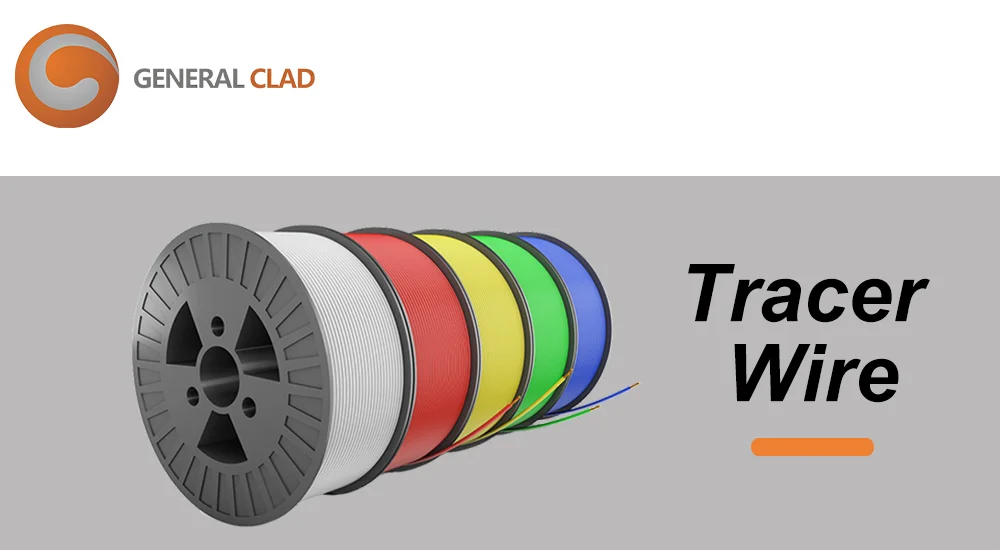Tracing underground utilities has evolved significantly since the 1960s. To understand why CCS represents the pinnacle of this evolution, let’s examine its technological journey.
Beginning with the copper era (1960s-1980s):
- Initially, pure copper was the undisputed standard
- However, it suffered from multiple drawbacks
- Most notably, theft rates reached 25% due to scrap value
- Additionally, damage during installation caused 40% failure rates within 10 years
Transitioning to first-generation composites (1990s):
- Engineers initially turned to copper-clad aluminum designs
- Yet these presented new problems
- Chief among them was frequent delamination at connections
- As a result, maintenance costs actually increased by 15%
The breakthrough came with modern CCS technology (2000s):
- Fundamentally, new metallurgical bonding solved core separation
- Simultaneously, continuous casting improved consistency
- The impact was immediate – adoption grew 300% in five years
- Not only did reliability improve, but costs decreased 20%
Examining current innovations:
- Building on this foundation, smart coatings now self-heal minor damage
- Complementing this, embedded RFID tags enable precise locating
- Furthermore, IoT-enabled versions support real-time monitoring
- Collectively, these advances achieve 99.9% detection accuracy
Looking ahead to future developments:
- On the horizon are graphene-enhanced conductivity solutions
- In parallel, biodegradable insulation options are being tested
- More ambitiously, AI-powered predictive maintenance systems are in development
- Most remarkably, space-grade materials may enable extreme environment applications
From humble beginnings to cutting-edge solutions, CCS continues to lead the industry. To see this evolution firsthand, visit our technical center’s innovation timeline exhibit.

